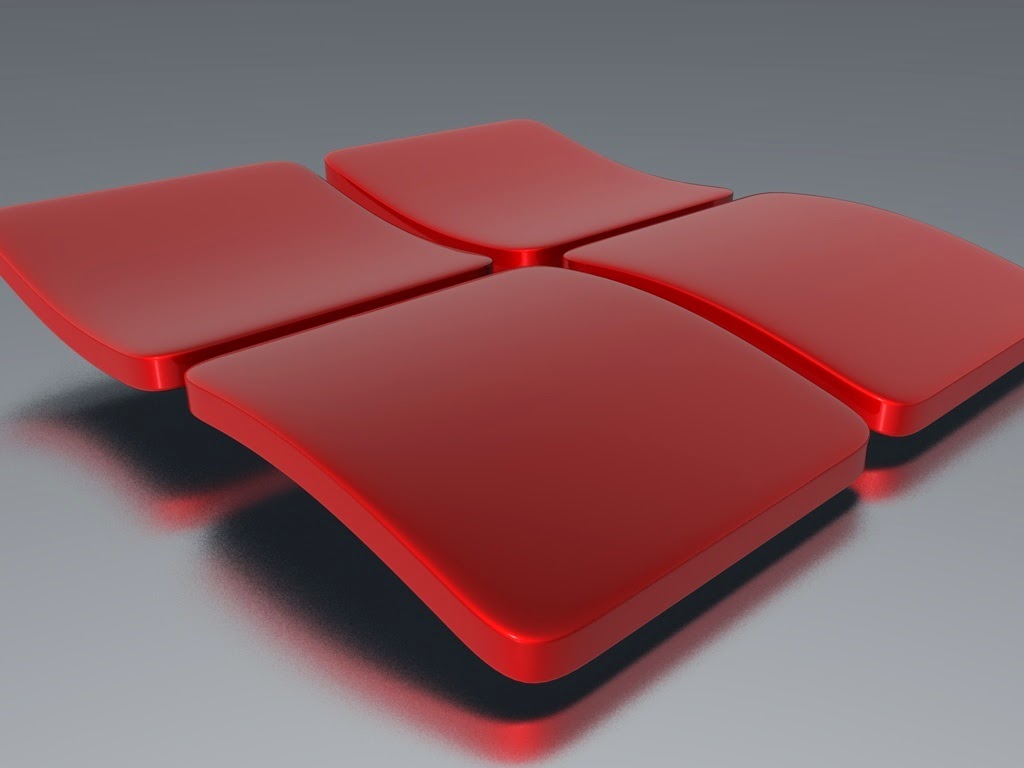How to Set Up a Reminder in Microsoft Windows 7
"Oh, have you forgotten to wish your dear friend on her birthday? The damn phone did not even ring to remind you about that". This is exactly how you feel when you miss doing something important. Now not necessarily that you want to give important things a miss, but it just happens when you fail to remember to do them. Your all-time companion viz. Microsoft Windows 7 computer can help you stay organized and never give important things a miss. This Microsoft Windows 7 support tutorial discusses how you can set up a reminder in your Microsoft Windows 7 computer.
Step 1
Click the Start menu and type ‘task' (without quotes) in the Start Search box. You need not hit the Enter key to open Task Scheduler because as soon as you start typing, Schedule tasks or Task Scheduler will appear in the search results above the window. Right-click Task Scheduler and click Run as administrator. If prompted, enter the admin password and click Yes or Continue whichever you see there.
Step 2
When in the Task Scheduler window, select the Create basic task option from the Action menu. In the Name box, enter the desired name for your new reminder. For instance you want to wish birthday to your friend, you can type ‘Wish Alana Happy Birthday'. In the Description box, you can elaborate your message by adding more text like ‘do not forget to bring her chocolates' etc. You can type whatever you want. When done, click the Next button.
Step 3
In the Task Trigger window, click the radio button beside One Time. If your friend's birthday is still a week away, you can choose the Daily option. For a calendar-based reminder task, you can choose any option from Daily, Weekly, Monthly, or One Time. When done selecting the right option for your reminder, click the Next button. On the next screen, select a start date and time for the notification.
Step 4
If you selected any option from Daily, Weekly, or Monthly, you will see the Recur every box. You can type the number of days for which you want the reminder to repeat in the box. When done, hit the Next button. On the Action screen, click the radio button beside Display a message. Click the Next button. The Display a Message screen will display your reminder's title and description. Click the Next button to continue.
Step 5
On the next screen, Microsoft Windows 7 will remind you about the reminder details you are setting up. Click the Finish button to finally save the changes. Exit the Task Scheduler window if it is opened and you are done now. Microsoft Windows 7 will display a pop-up reminder at the specified time. Click the OK button. If you are clicking or typing on an active window, the reminder may not be displayed at the top. For any help on problems related to setting up reminders in Microsoft Windows 7, contact Microsoft technical support.
Thanks For Reading.
Step 1
Click the Start menu and type ‘task' (without quotes) in the Start Search box. You need not hit the Enter key to open Task Scheduler because as soon as you start typing, Schedule tasks or Task Scheduler will appear in the search results above the window. Right-click Task Scheduler and click Run as administrator. If prompted, enter the admin password and click Yes or Continue whichever you see there.
Step 2
When in the Task Scheduler window, select the Create basic task option from the Action menu. In the Name box, enter the desired name for your new reminder. For instance you want to wish birthday to your friend, you can type ‘Wish Alana Happy Birthday'. In the Description box, you can elaborate your message by adding more text like ‘do not forget to bring her chocolates' etc. You can type whatever you want. When done, click the Next button.
Step 3
In the Task Trigger window, click the radio button beside One Time. If your friend's birthday is still a week away, you can choose the Daily option. For a calendar-based reminder task, you can choose any option from Daily, Weekly, Monthly, or One Time. When done selecting the right option for your reminder, click the Next button. On the next screen, select a start date and time for the notification.
Step 4
If you selected any option from Daily, Weekly, or Monthly, you will see the Recur every box. You can type the number of days for which you want the reminder to repeat in the box. When done, hit the Next button. On the Action screen, click the radio button beside Display a message. Click the Next button. The Display a Message screen will display your reminder's title and description. Click the Next button to continue.
Step 5
On the next screen, Microsoft Windows 7 will remind you about the reminder details you are setting up. Click the Finish button to finally save the changes. Exit the Task Scheduler window if it is opened and you are done now. Microsoft Windows 7 will display a pop-up reminder at the specified time. Click the OK button. If you are clicking or typing on an active window, the reminder may not be displayed at the top. For any help on problems related to setting up reminders in Microsoft Windows 7, contact Microsoft technical support.
Thanks For Reading.





.jpg)





















